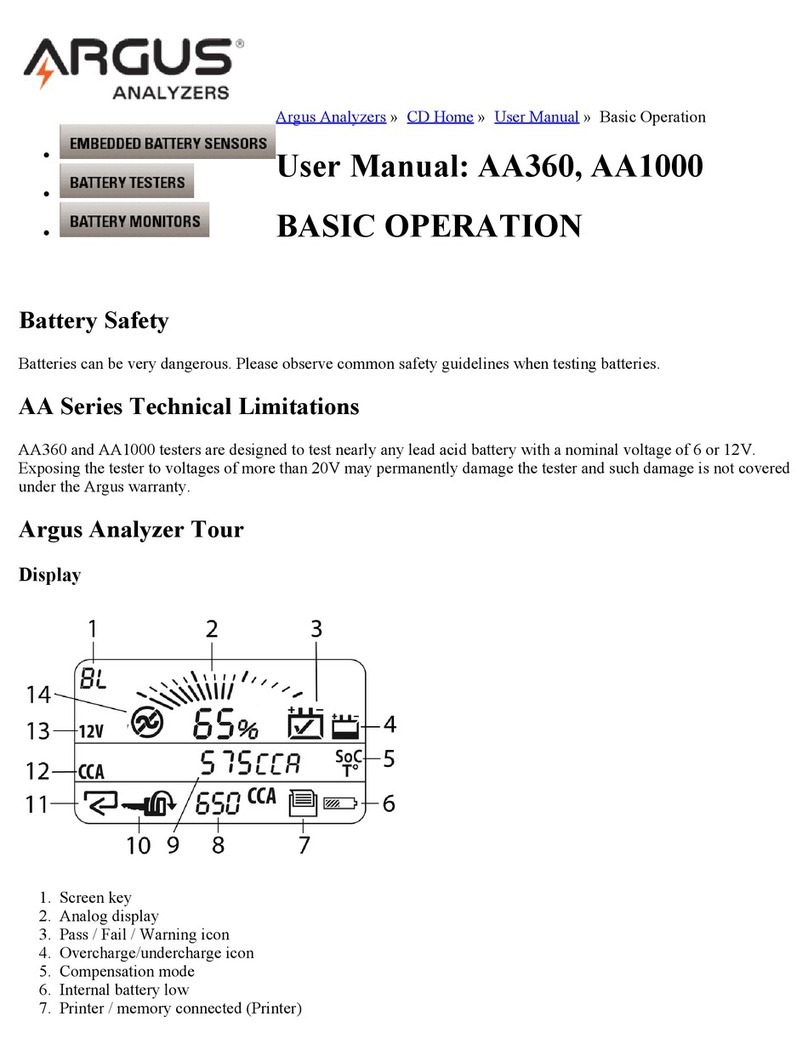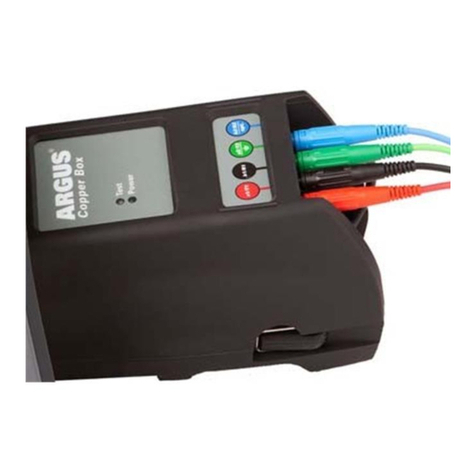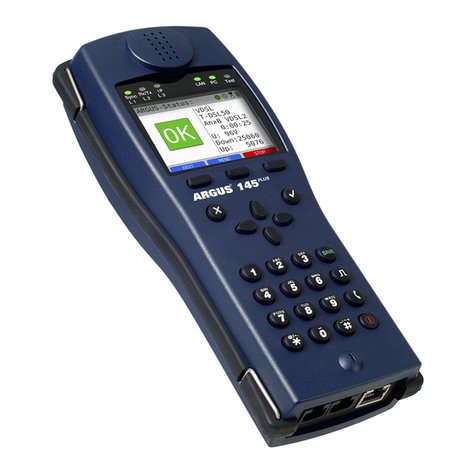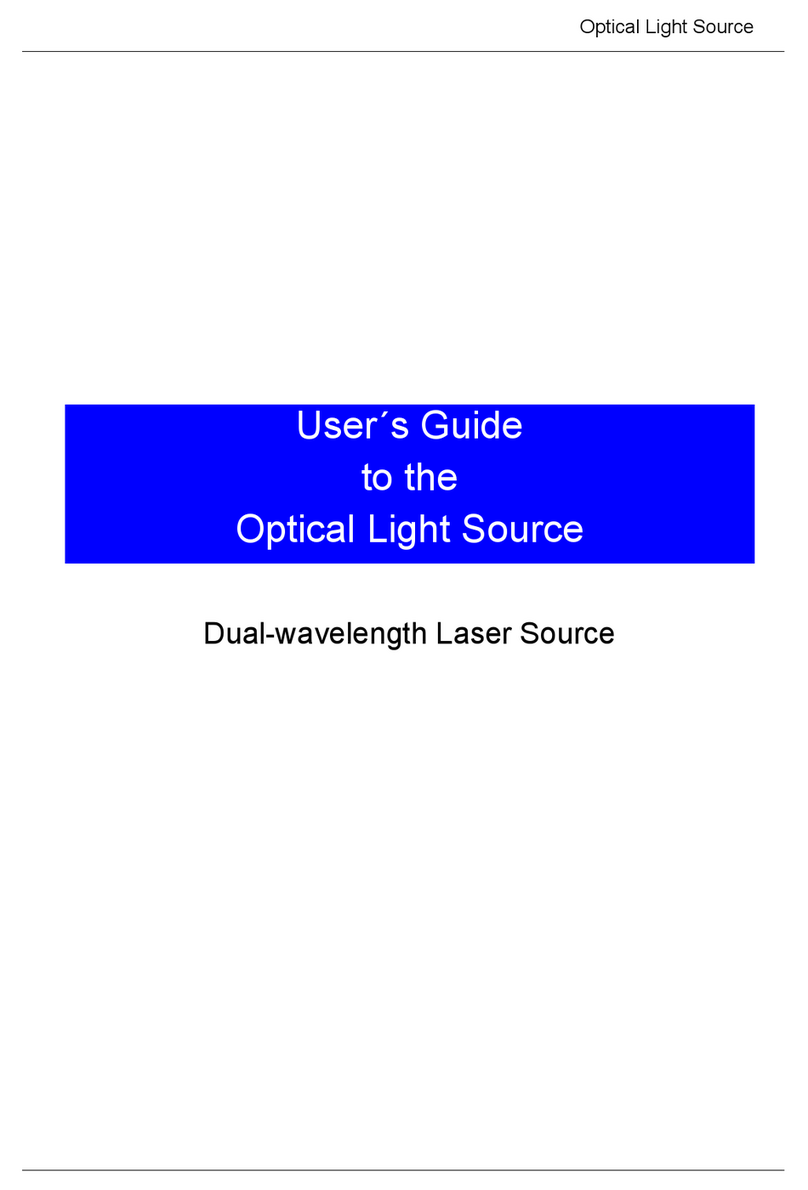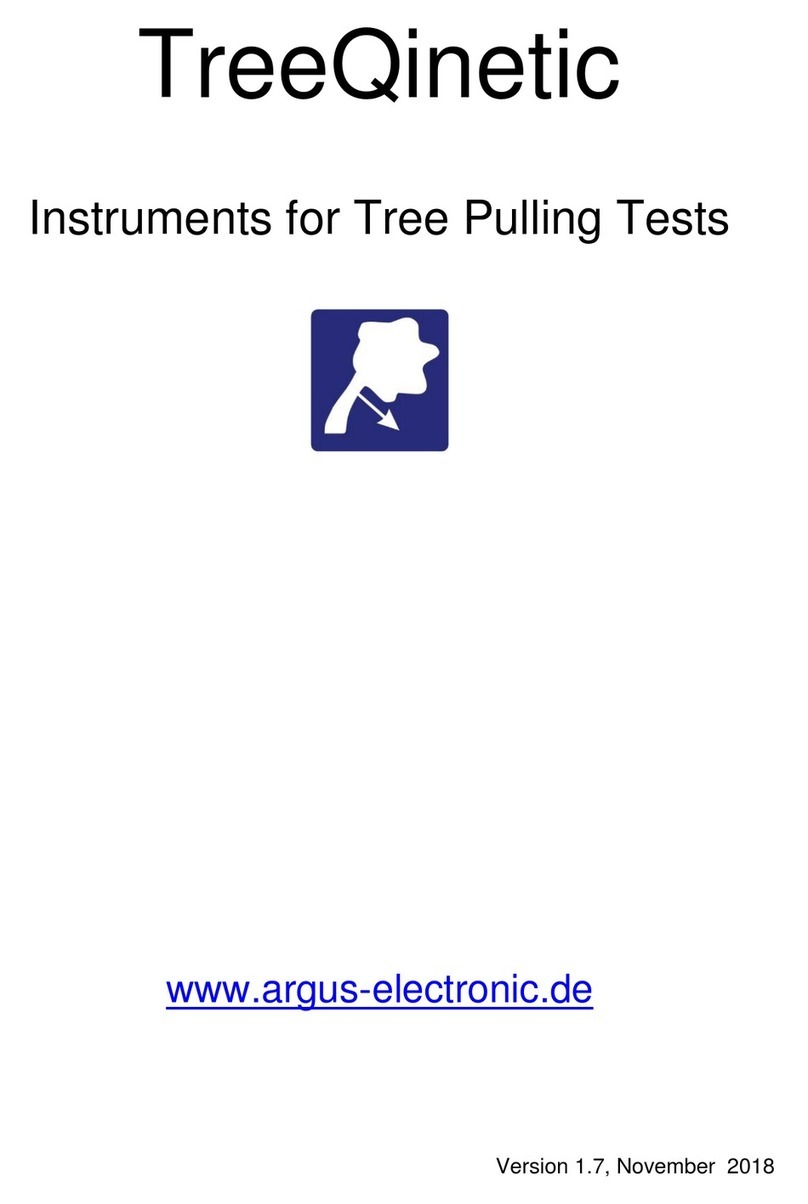
ARGUS
4ARGUS 151
14 IP tests .............................................................................................112
14.1 IP ping ..............................................................................................112
14.2 Traceroute .......................................................................................118
14.3 HTTP download ...............................................................................122
14.4 FTP download .................................................................................127
14.5 FTP upload ......................................................................................131
14.6 FTP server .......................................................................................135
15 VoIP tests ........................................................................................142
15.1 Starting VoIP telephony .................................................................150
15.1.1 VoIP back-to-back .................................................................158
15.2 VoIP wait ..........................................................................................159
16 IPTV tests ........................................................................................162
16.1 IPTV ..................................................................................................162
16.1.1 Multiple virtual lines ...............................................................166
16.2 IPTV scan .........................................................................................177
16.3 IPTV passive ....................................................................................184
16.4 Video on demand (VoD) .................................................................188
17 Parallel tests ....................................................................................196
18 Auto tests ........................................................................................202
19 Copper tests ....................................................................................206
19.1 R measurement ...............................................................................206
19.1.1 Wire types ..............................................................................207
19.1.2 Starting R measurement ........................................................209
19.2 RC measurement ............................................................................211
19.3 Line scope .......................................................................................213
19.3.1 Starting the line scope ...........................................................213
19.3.2 Graph functions .....................................................................216
19.4 Active Probe ....................................................................................224
19.4.1 Active Probe II .......................................................................224
19.4.2 Connecting the Active Probe II ..............................................225
19.4.3 Starting Active Probe II (example with line scope) .................225
19.5 TDR ..................................................................................................228
19.5.1 TDR settings ..........................................................................228
19.5.2 Starting TDR ..........................................................................228
19.5.3 Graph functions .....................................................................230
19.5.4 Examples ...............................................................................235












